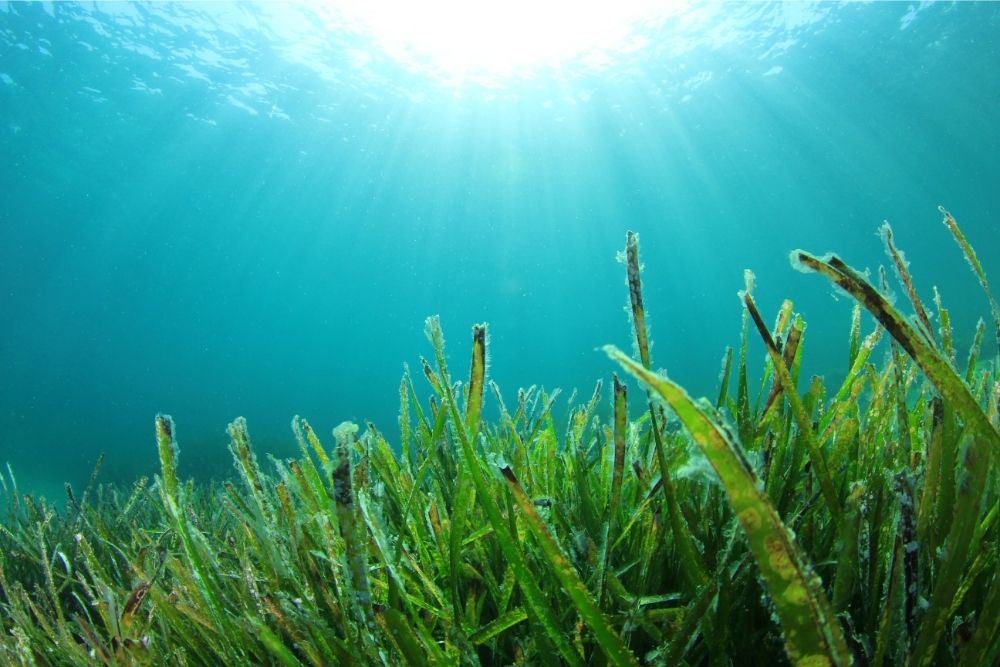



Article by: Hari Yellina
After preliminary study findings showed promise, Gippsland might be the source of Australia’s next harvest of commercially farmed seaweed. As part of a geophysical study conducted by Food and Fibre Gippsland and the Latrobe Valley Authority, Deakin University researchers went out on the water along a broad stretch of the region’s coastline seeking for natively occurring seaweeds. One of the researchers who has been snorkelling and hunting for diverse naturally existing types of seaweed across the region is Paul Carnell, a research scientist from Deakin University’s Blue Carbon Lab. “We’ve discovered several pretty promising species along the road, so that’s been really good,” Dr. Carnell added.
“At least for the time being, as we travel across Gippsland, we’re seeing some really promising species, both in Corner Inlet and the Gippsland Lakes and Western Port.” “The next step is to figure out what land is accessible for aquaculture leases and farms.” One of the organisations that commissioned the study is Food and Fibre Gippsland, which plans to share its findings and maybe assist in the establishment of small-scale trials. “In Gippsland, a seaweed business could really connect into some wonderful capabilities and resources we currently have in the region,” said graduate project officer Elena Norta. “Gippsland offers nearly 600 kilometres of magnificent, natural coastline, as well as a long and storied agricultural history and infrastructure.”
Seaweed comes in a variety of forms, each with its own set of qualities, according to Dr. Carnell. “Because we have so many species, we actually know very little about each one,” he explained. “There are probably only a handful of species about which we have good information.” Researchers discovered red, green, and brown seaweeds in Gippsland, which have a variety of uses in food, pharmaceuticals, and lowering livestock greenhouse gas emissions, according to Dr. Carnell. Other uses for the seaweed are being researched by scientists, but for the time being, the cattle application is the focus in Victoria. According to a recent study, incorporating Asparagopsis at a rate of 0.20 percent organic matter in a steer’s feedlot ration can cut methane emissions by up to 98 percent.